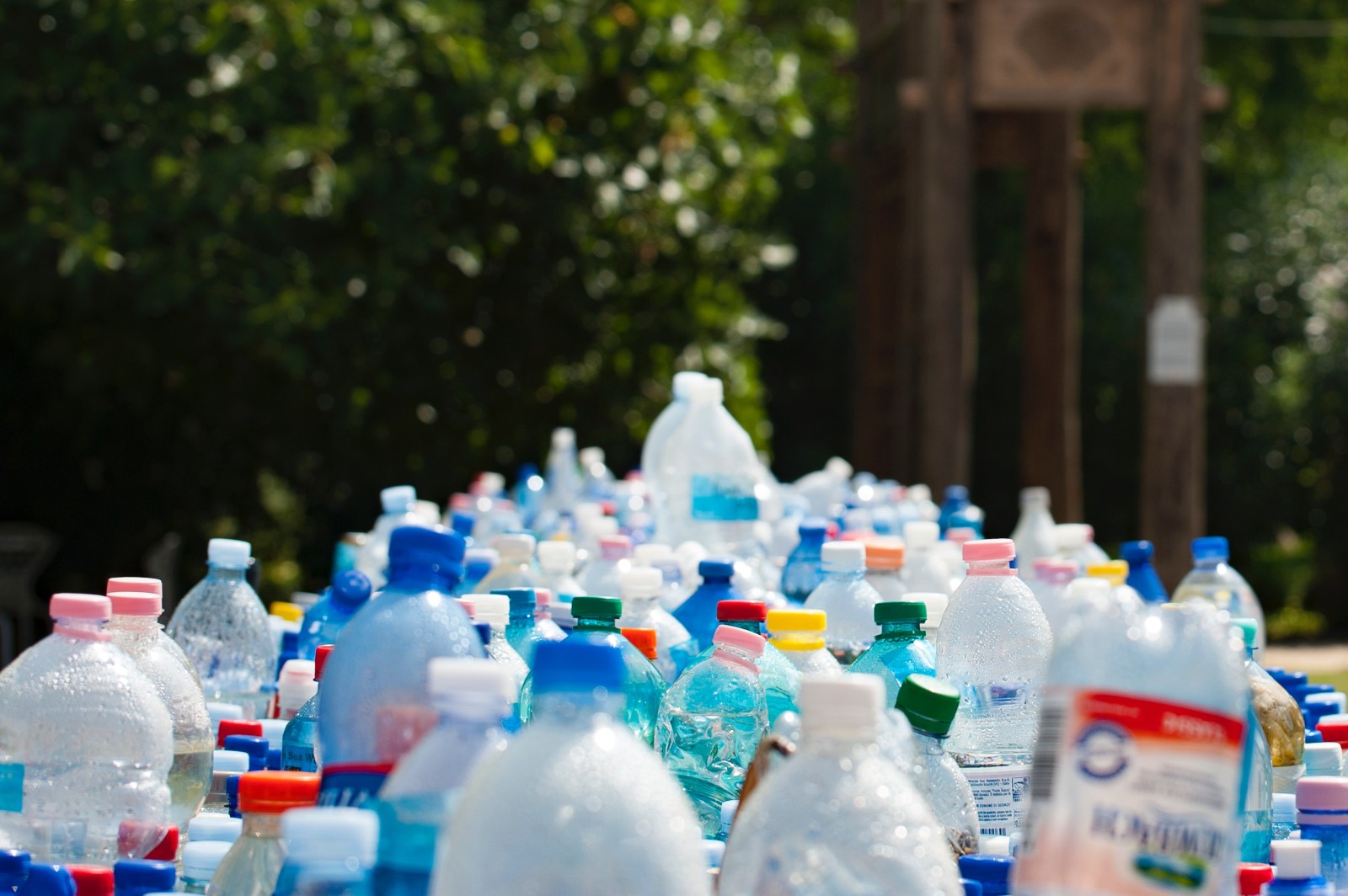Consumption-Based Metrics: The Next Challenge for Zero-Waste Cities

Cities are major contributors to – and battlegrounds of – climate change. According to a report from the UN Habitat, cities pump out roughly 70 percent of global greenhouse gas emissions whilst just occupying just 2 percent of the Earth’s land. Effective waste management and more intelligent use of material resources can not only play a significant role in reducing such emissions, but help urban environments prosper through improved public health impacts and citizen enterprise.
The US’ zero-waste city movement has been steadily growing in recent years – according to Kate Bailey, director of Eco-Cycle Solutions, there are at least 50 US cities with an established zero waste plan or goal. However, measuring their progress can be tricky; the definition of ‘zero waste’ is open to interpretation (for some, it simply means landfill diversion) and the variance in performance indicators makes standardization difficult.
“Comparing diversion rates and program metrics between cities is a big challenge for our industry,” Bailey says. “Our most tried and true metric has always been the recycling rate, but there is growing clamour about its fundamental flaws.”
These flaws include the fact that recycling often doesn’t factor in waste reduction or reuse efforts. “It implies that our ultimate goal is 100 percent recycling, which does not translate to the most efficient use of resources. For example, we know that reducing the obscene amount of food wasted is far better than composting all our leftovers,” Bailey maintains.
Eco-Cycle Solutions is advocating for a new metric to standardize measurement and comparison across the industry – pounds disposed per person per year. “This number is what we ultimately want to drive down to zero,” Bailey says. “By measuring pounds per person disposed, we can capture the ultimate goal of a circular economy by measuring how well we keep materials in productive use, and more easily measure our programs by using data from disposal facilities, rather than tracking down data at countless recycling or reuse facilities, or estimating generation rates.”
Cole Rosengren, a staff reporter at Waste Dive, says that comparing diversion rates between US states is also difficult – he points to Washington DC, which is changing the way it classifies diversion. But he says while this may help going forward, it may make it harder to compare historic progress.
He adds that each city has run into its own challenges of how to move past the easy stuff – standard curbside recyclables – into other waste streams such as organics, yard waste, textiles and e-waste. “Then the question of how they achieve 90 percent diversion or more without some type of waste-to-energy is still very open-ended,” he says.
Solutions to this problem may be waiting in the wings. Eco-Cycle – in partnership with the city of Boulder, Colorado – has created what it claims is the first Center for Hard-to-Recycle Materials (CHaRM) in the US to recover such materials. “Building a network of CHaRMs across the US is a big next step for the zero-waste movement,” Bailey says.
Even more progressive is remodelling zero-waste efforts as a strategic climate solution. “Cities like Portland in Oregon are pioneering climate action plans that include consumption-based accounting and incorporating zero waste and sustainable materials management as a key local solution to reduce greenhouse gas emissions,” Bailey says
Larger cities such as San Diego are doing similar: In 2015, the San Diego City Council adopted a zero-waste plan, with staggered goals – 75 percent waste diversion by 2020, 90 percent by 2035 and 100 percent by 2040 – which, on a wider level, will help meet San Diego’s Climate Action Plan to reduce greenhouse gas emissions by 50 percent.
To reach the 75 percent diversion rate, the City needs to reduce, reuse or recycle an additional 332,000 tons of waste annually. The zero-waste plan sets out a number of measures to meet this goal, including requiring franchise haulers to reach a 50 percent diversion rate by 2020, a targeted push on recycling organics and yard waste, and the creation of a Resource Recovery Center at the council’s Miramar Landfill to rechannel suitable materials for recycling and reuse.
“Part of our challenge is to find those places when we can be the most effective and strategic,” says Ken Prue, recycling manager for the Department of Environmental Services at San Diego City Council.
He says one of the biggest factors here is influencing citizen behaviour change, and that the city is looking to get more innovative in its outreach and communications work. “The more we can engage them, and have meaningful engagement, it will help lead toward that behaviour change. We’re going to be doing more direct engagement with residents to help them look at their consumption habits.”
Bailey maintains that strong community support and citizen engagement are pivotal to building a successful zero-waste community, and believes that as the Trump administration backs away from global climate accords, more communities will step forward to lead on climate issues from a grassroots level.
“We will see more communities using consumption-based accounting to calculate the impacts of our stuff and our materials on our climate,” she says. “These communities will increasingly turn toward zero-waste strategies as immediate solutions for reducing emissions while we work to implement solutions for our longer-term challenges in energy and transportation infrastructure.”
Source: http://www.sustainablebrands.com
Author: Maxine Perella

